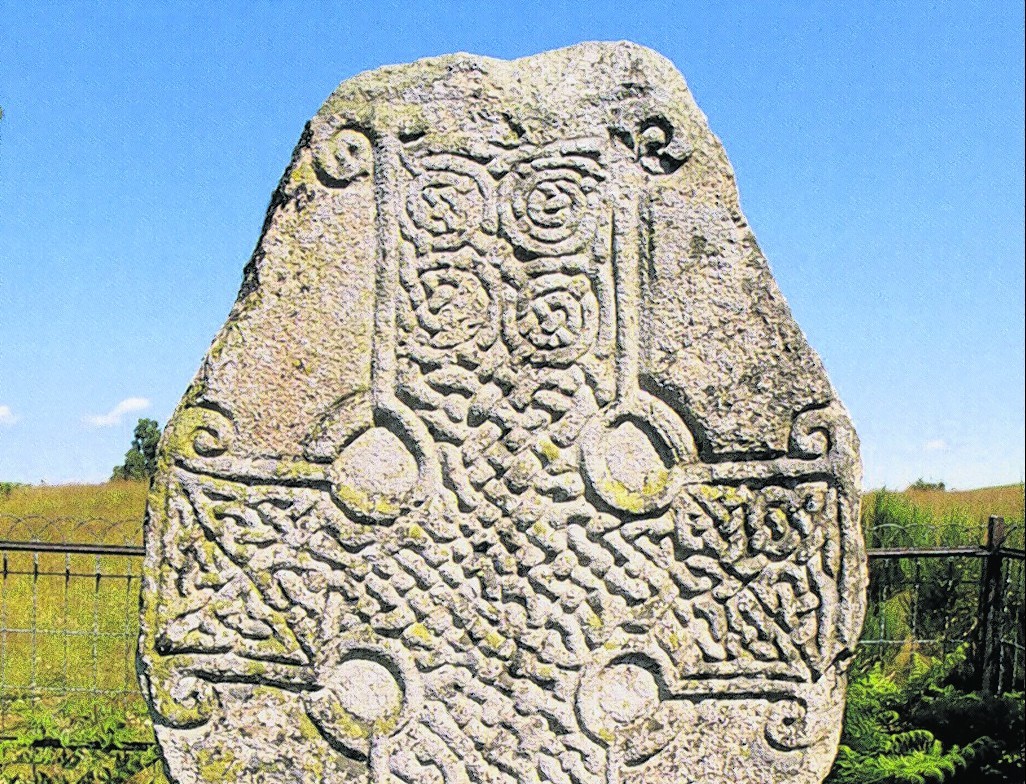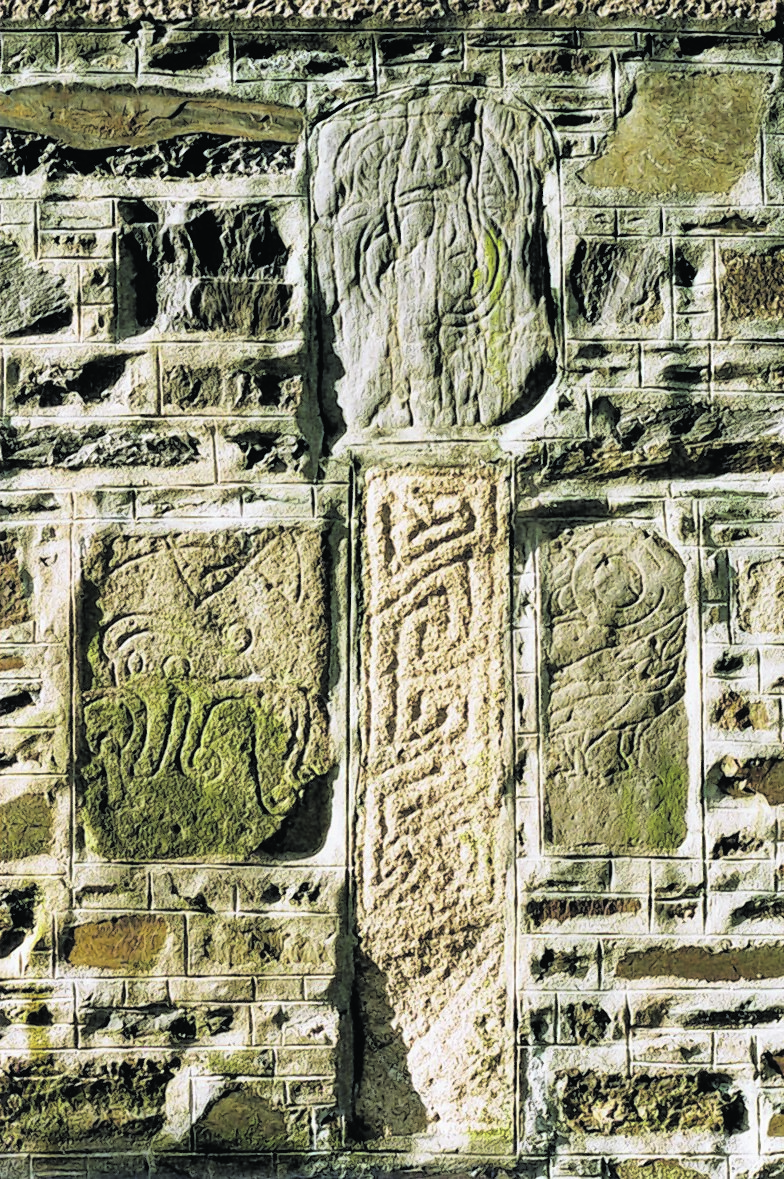Aberdeenshire has long been considered one of the heartlands of the Pictish community. You can still see this today, in place names beginning “Pit”, thought to indicate the presence of a Pictish settlement; in the remains of their fortifications, such as Mither Tap; and in their decorative objects. The Picts lived in the area of Scotland north of the Forth and Clyde rivers from the 4th-9th Centuries AD, with a particularly strong presence in what is now Aberdeenshire.
Sir Walter Scott, in his 1829 History of Scotland, describes the Picts in the 6th Century AD as “The most numerous people in Scotland”, and, if historical sources are to be believed, they caused something of a headache for the invading Roman forces, leading to battles such as the infamous Mons Graupius. Indeed, it was the Romans who coined the term Picti, meaning “Painted People”, to describe these enigmatic “warriors”.
The origin of the Picts can be traced back to the tribes of the Iron Age. Their society was hierarchical, with a warrior elite and a lower farming class. Originally pagan, by the late 7th – early 8th Centuries AD many tribes had been converted to Christianity. This religious change is reflected in their artwork, which from around the 8th Century AD is dominated by crosses and other Christian motifs. This is particularly evident in their carved stones.
Perhaps the best known relic of the Picts are the elaborately-carved standing stones that they created, which can be seen throughout Aberdeenshire. A new guide, The Pictish Stone Trail, produced by Aberdeenshire Council’s Archaeology Service, showcases 10 of the best, and most accessible, of these stones.
Highlights in the north include four carved stones built into the east gable of St Peter’s Church, Fyvie, below the famous Tiffany stained glass window.
To the west of Inverurie stands the Maiden Stone, which bears a wide range of Pictish symbols, and is traditionally said to have been named after the daughter of the laird of Balquhain who died during her elopement.
In Deeside, why not enjoy a walk along the banks of Loch Kinord, where you can find the wonderfully preserved and intricately carved Kinord Cross nestled amongst the bracken on the northern shore?
Pictish Stones, incised or carved in relief, are decorated with a variety of symbols, ranging from geometric shapes and patterns, to animals (real and mythical), human figures, and everyday objects.
The exact purpose of Pictish Stones, and the meaning of the symbols which adorn them, is not clearly understood, and continues to be the subject of much debate. Current research suggests that the symbols may represent the names of individuals or groups, possibly acting as land markers or commemoration stones.
Many Pictish Stones are now displayed in museums, but others can still be found at, or near, their original locations. Some are in churchyards, such as at Fetterangus Parish Church; while some are housed inside churches, such as the Fordoun Stone at Auchenblae Parish Church, and can be viewed by arrangement. Others are scattered across the wider rural landscape, like the Craw Stane outside Rhynie, their significance highlighted by their isolation.
With around 20% of all Pictish Stones recorded in Scotland located in Aberdeenshire, there are plenty to visit. The Pictish Stone Trail is merely the tip of the iceberg!
FACTBOX
The Pictish Stone Trail is available from visitor information centres and libraries throughout Aberdeenshire, and can be downloaded from Aberdeenshire Council’s website:
www.aberdeenshire.gov.uk/visit/tourist_trails.asp
Further information about the Picts in Aberdeenshire, and the wealth of other historical sites in the region, can be found on the Archaeology Service’s website: www.aberdeenshire.gov.uk/archaeology

